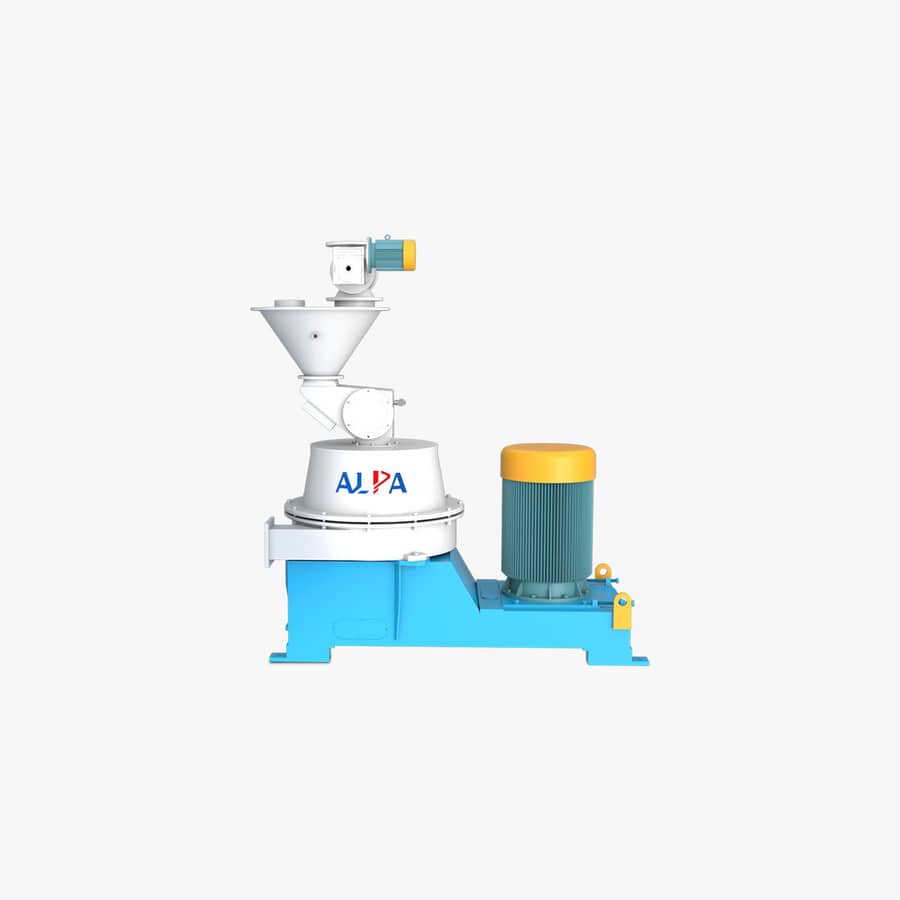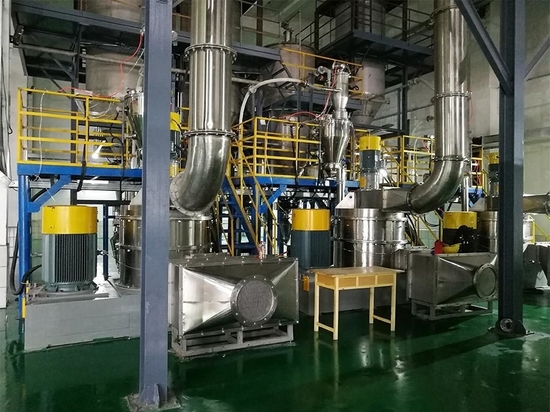
#Industry News
Surface Coating Technology of Ultrafine Powder
Ultrafine powder (usually refers to particles with a particle size of micron or nanometer) has the characteristics of large specific surface area.
Ultrafine powder (usually refers to particles with a particle size of micron or nanometer) has the characteristics of large specific surface area, high surface energy and high surface activity, so it has excellent optical, electrical and magnetic properties that are difficult to match with many bulk materials. , thermal and mechanical properties. However, due to the small size effect, quantum size effect, interface and surface effect, and macroscopic quantum tunneling effect of ultrafine powder, it is easy to agglomerate in the air and liquid medium. If it is not dispersed, the agglomerated ultrafine The powder cannot fully maintain its specific properties. The most effective way to disperse ultrafine powder is to modify its surface. In recent years, powder surface modification technology has become one of the hot technologies that people pay attention to. Among them, surface coating modification is an important kind of surface modification technology. Coating, also known as coating or coating, is a method of coating the surface of mineral particles with inorganic or organic substances to achieve modification.
At present, there are several classification methods for the surface coating technology of ultrafine powder according to different methods. For example, according to the state of the reaction system, it can be divided into: solid phase coating method, liquid phase coating method, and gas phase coating method; according to the properties of the shell material, it can be divided into: metal coating method, inorganic coating method and organic coating method; Coating properties can be divided into: physical coating method and chemical coating method and so on.
Solid phase coating method
1) Mechanochemical method
2) Solid phase reaction method
The solid-state reaction method is to thoroughly mix the coated substance with metal salt or metal oxide through grinding, and then undergo a solid-state reaction under high-temperature calcination to obtain micro/nano ultra-fine coated powder.
3) High energy method
The method of coating ultrafine particles with high-energy particles such as ultraviolet rays, corona discharge, and plasma radiation is collectively referred to as high-energy methods. This is a relatively new powder coating technology.
4) Polymer encapsulation method
Coating a layer of organic substances on the surface of the powder can enhance its anti-corrosion barrier effect, improve the wettability and stability in organic media, and enhance the interfacial regulation in composite materials, by anchoring active molecules or biomolecules And biologically functional.
5) Microcapsule modification method
Microcapsule method modification is to cover a layer of micron-scale or nano-scale uniform film on the surface of fine particles to modify the characteristics of the particle surface.
Liquid coating method
Liquid-phase coating technology is to achieve surface coating in a wet environment through chemical methods. Compared with other methods, it has the advantages of simple process, low cost, and is easier to form a core-shell structure. Commonly used liquid phase methods include hydrothermal method, precipitation method, sol-gel method, heterogeneous nucleation method, and electroless plating.
1) Hydrothermal method
2) Sol-gel method
3) Precipitation method
The precipitation method is to add the metal salt solution of the coating material to the water suspension of the coated powder, and then add a precipitant to the solution to cause the metal ion to precipitate and precipitate on the surface of the powder to achieve the surface coating effect.
4) Non-uniform nucleation method
5) Electroless plating method
The electroless plating method refers to a coating technology in which the plating solution undergoes a self-catalyzed oxidation-reduction reaction without external current, and the metal ions in the plating solution undergo a reduction reaction to become metal particles deposited on the surface of the powder.
6) Microemulsion method
7) Miscellaneous flocculation method
Vapor coating
The gas phase coating method is to use the modifier in the supersaturated system to gather on the surface of the particles to form a coating on the powder particles. It includes physical vapor deposition and chemical vapor deposition. The former relies on the van der Waals force to achieve particle coating, and the binding force between the core and the shell is not strong; the latter uses gaseous substances to react on the surface of nanoparticles to form solid deposits to achieve the coating effect. Rely on chemical bonding.
With the development of science and technology, powder coating technology will be further improved, and it is expected to prepare multi-functional, multi-component, and more stable ultrafine composite particles, which will open up broader application prospects for composite particles.





